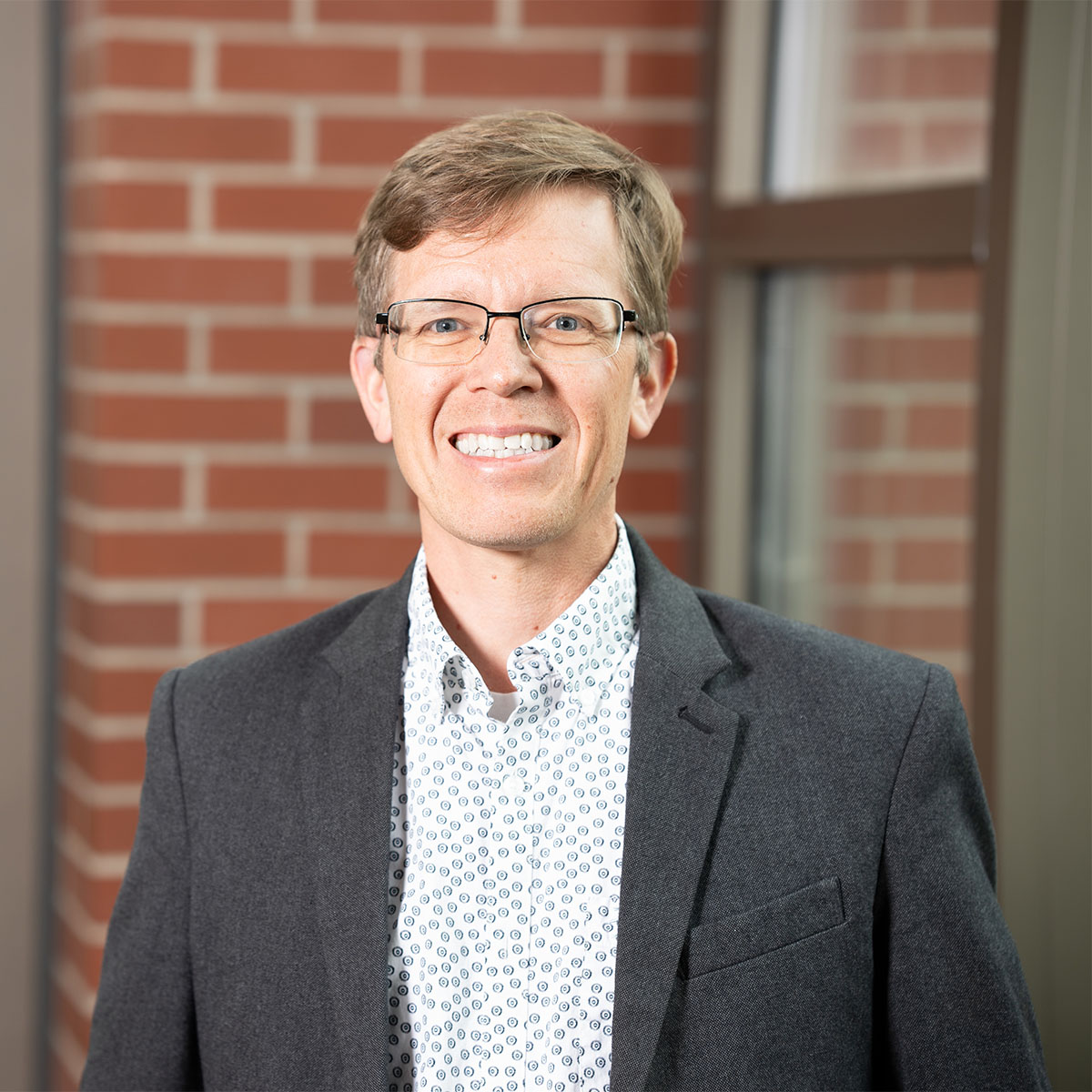Jeff Kyong-McClain, Ph.D.
Jeff Kyong-McClain
Associate Professor; Director of the Habib Institute for Asian Studies
305 B Administration Building
Jeff Kyong-McClain has been with the University of Idaho since 2018. His teaching content includes Asian history.
- Ph.D., Modern Chinese History, University of Illinois, 2009
- M.A., Theological Studies, Bethel Seminary, 1999
- B.A., History, University of Minnesota, 1996
Courses
- HIST 102: World History II
- HIST 180: Introduction to East Asian History
- HIST 481: America's Wars in Asia
- HIST 484: Modern China, 1840s to Present
- HIST 485: Chinese Social and Cultural History
- Illinois Program for Research in the Humanities Graduate Student Fellow, 2008-09
- Fulbright-Hays Doctoral Dissertation Research Abroad, 2006-07
Jeff Kyong-McClain is a historian of modern East Asia, whose research to date has focused on Sino-American educational exchange, and the history of higher education and social scientific academic disciplines in China. In terms of teaching, he most enjoys offering classes on modern China and modern Korea. After obtaining his Ph.D. from the University of Illinois in 2009, he taught for nine years in the History Department of the University of Arkansas at Little Rock before moving to the University of Idaho in 2018. At the U of I, in addition to his work in the History Department, he also serves as Director of the Habib Institute for Asian Studies. He was born and raised in Minneapolis, Minnesota and lived for three years in Chengdu, Sichuan Province, China.
- Modern China
- Modern Korea
- Christianity in China
- History of higher education
- History of anthropology
- From Missionary Education to Confucius Institutes: Historical Reflections on Sino-American Cultural Exchange, co-edited with Joseph Tse-Hei Lee (Routledge, 2023).
- Chinese Cinema: Identity, Power, and Globalization, co-edited with Russell Meeuf and Jing Jing Chang (Hong Kong University Press, 2022).
- Barbarian Caves or Han Tombs? Republican-Era Archaeology and the Reassertion of Han Presence in Ancient Sichuan, Twentieth-Century China 35, no. 2 (2010): 4-24.







